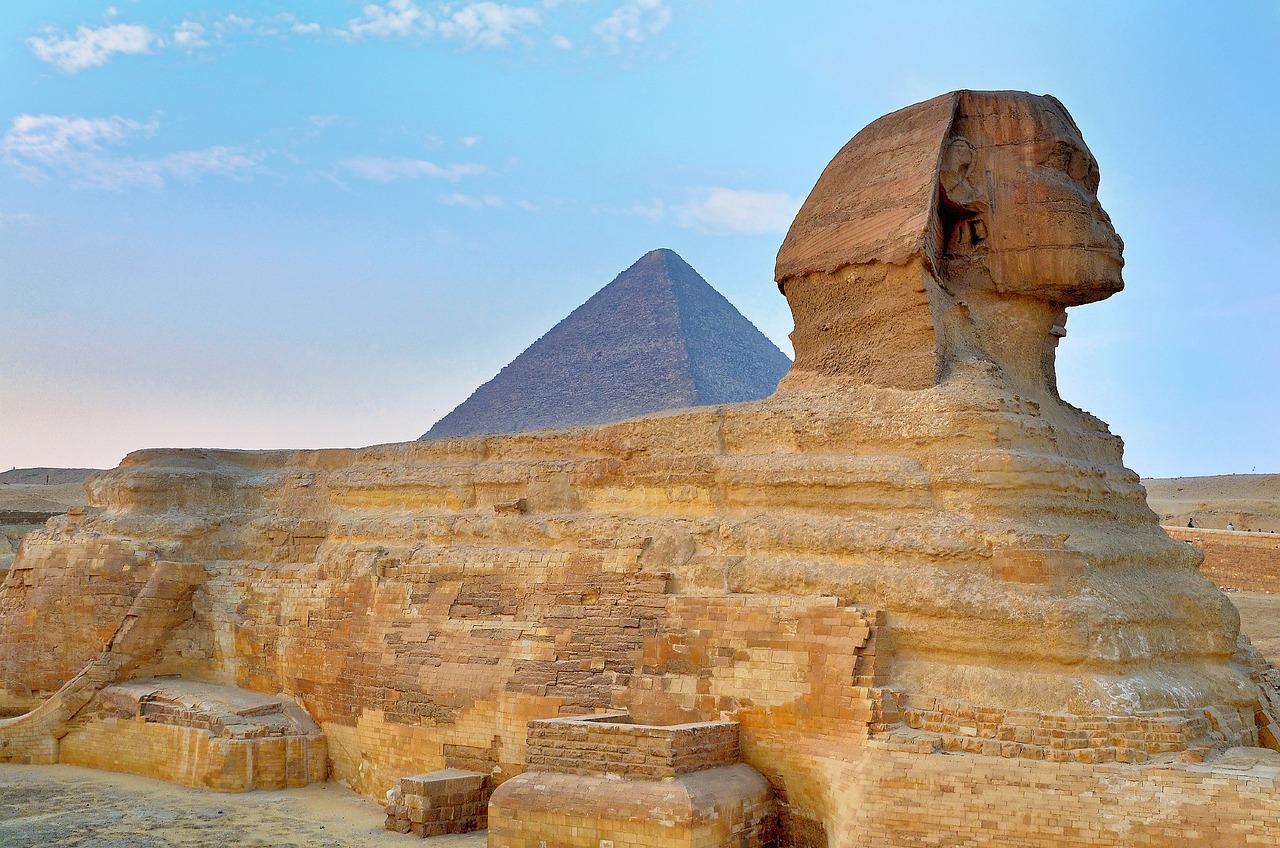
Pre-reading questions:
- Which ancient structures or landmarks have fascinated you?
- What are some ancient structures or landmarks in your country that fascinate people or attract tourists?
Vocabulary:
- theory /THEE-uh-ree/
- adopt /uh-DOPT/
- influence /IN-floo-uhns/
- rapid /RAP-id/
- contribute /kuhn-TRIB-yoot/
[noun] – a formal statement of the rules on which a subject of study is based or of ideas that are suggested to explain a fact or event or, more generally, an opinion or explanation
The scientist presented a groundbreaking theory that revolutionized our understanding of the universe.
[verb] – to accept or start to use something new
The organization plans to adopt environmentally friendly practices to reduce its carbon footprint.
[noun] – the power or capacity to have an effect on people, things, or events, or the person or thing that possesses this power
The singer’s emotional performance had a powerful influence on the audience, moving many to tears with the depth of her expression.
[adjective] – fast or sudden
The rapid flow of the river made it challenging for the canoeists to navigate through the turbulent waters.
[verb] – to add to or enhance
The volunteers contribute their time and skills to the community project.
Article reading:
Leif Ristroph, a senior author of the study and an associate professor at NYU’s Courant Institute of Mathematical Sciences, explained that the findings offer a plausible explanation for the emergence of sphinx-like shapes through erosion. Laboratory experiments demonstrated that materials can indeed adopt sphinx-like forms under the influence of rapid currents. Using clay models resembling yardangs, natural compact sand formations shaped by wind in exposed desert regions, the research team subjected them to a swift stream of water to simulate the effects of wind erosion. By incorporating harder, non-erodible elements within the soft-clay mound, mirroring the composition of the Great Sphinx, the researchers observed the manifestation of a lion-like form. Ristroph highlighted that certain naturally occurring yardangs in the desert bear a resemblance to seated or reclining animals with raised heads, occasionally earning them the moniker “Mud Lions.” These experiments contribute to our understanding of yardang formation and offer insights into the potential influence of wind on iconic ancient structures.
Comprehension questions
- According to the NYU study, what played a crucial role in shaping the Great Sphinx of Giza, and who proposed this theory four decades ago?
- What did the NYU researchers aim to recreate in their study, and why is it significant to investigate the impact of wind on rock structures?
- During which period did the researchers attempt to recreate landscape conditions, and why is this time frame important for the study?
- Who is Leif Ristroph, and what role did he play in the study as a senior author?
- What did the clay models resemble, and what were they subjected to in the experiments?
Discussion questions
- Have you ever seen the Great Sphinx of Giza, either in person, in pictures, or on TV? If yes, how did you feel, and what was your experience like? If not, have you ever wondered about how historical monuments like the Great Sphinx were created?
- Have you ever been part of or observed experiments that aim to recreate historical conditions, like the NYU study on wind’s impact on the Great Sphinx? If yes, what are your thoughts on the experiments? If not, what do you think about the value of such experiments in helping us understand historical mysteries?
- Do you think studies, such as the one from New York University on wind’s role in shaping the Great Sphinx, contribute to our understanding of ancient structures and civilizations?
- How might the idea that wind erosion shaped the Great Sphinx make us reconsider stories told by ancient structures? Can you think of other historical mysteries where studying natural forces might be helpful?
- Which ancient civilization or structure do you find mysterious or intriguing? What aspects of its history or construction do you think should be explored further?